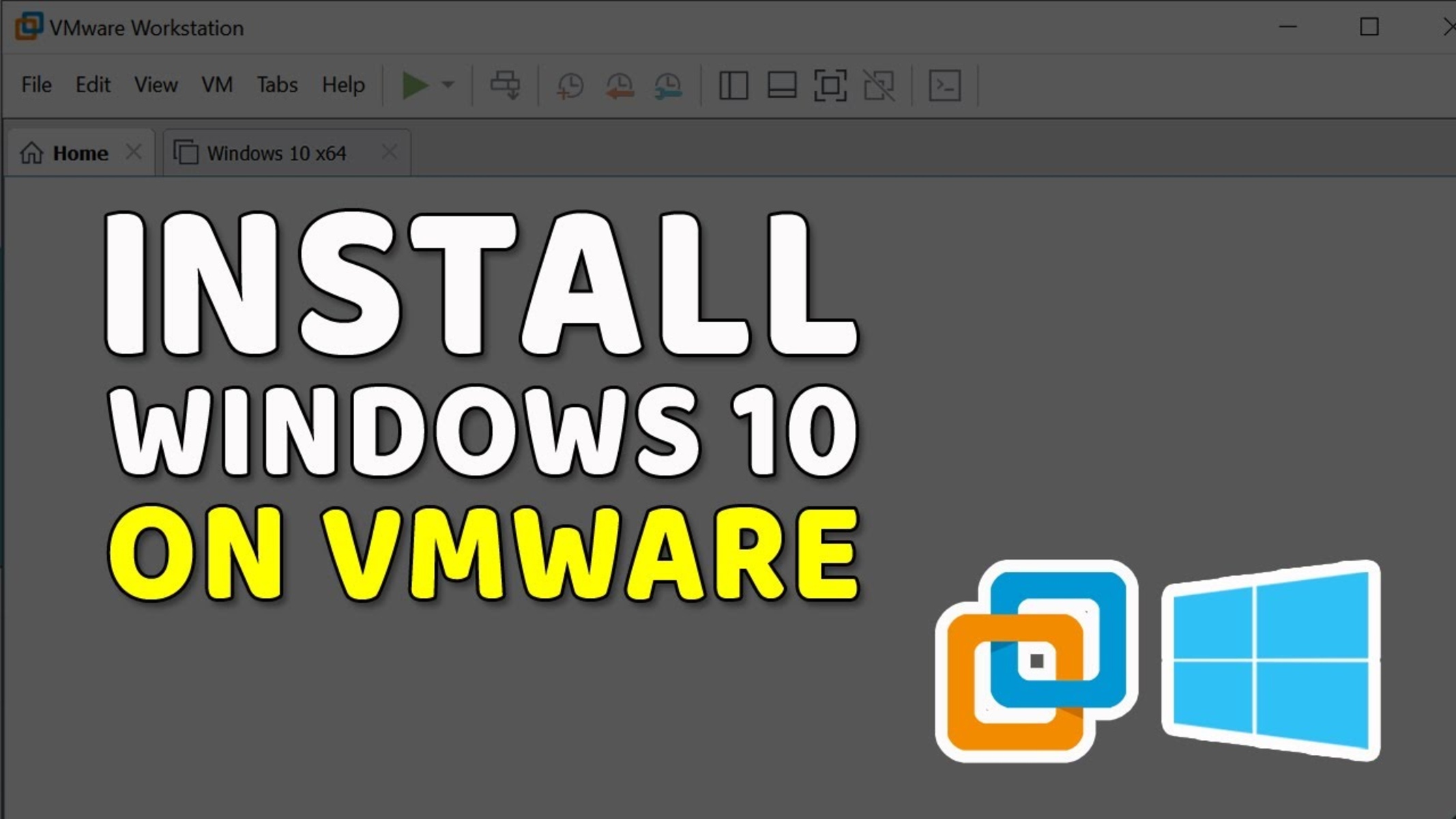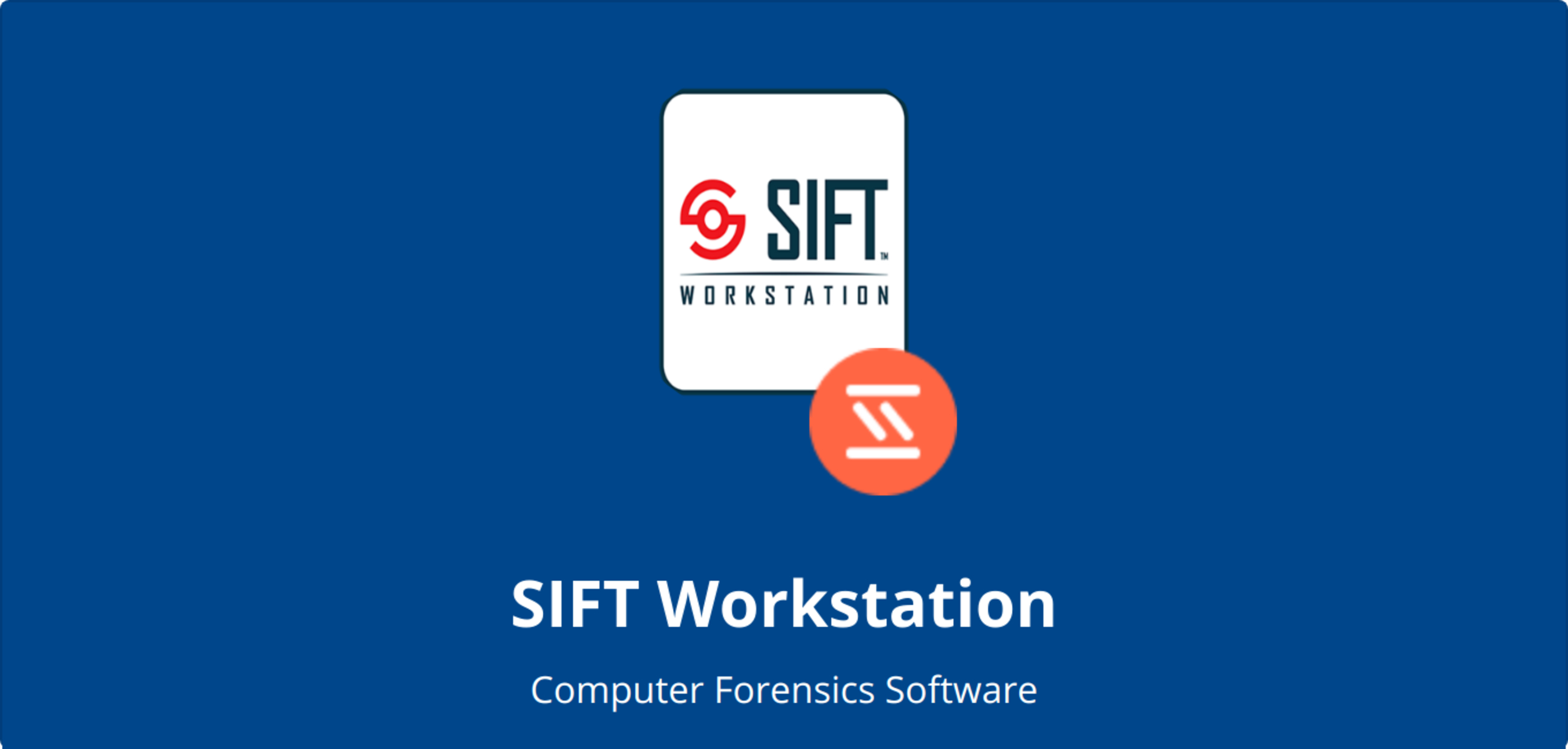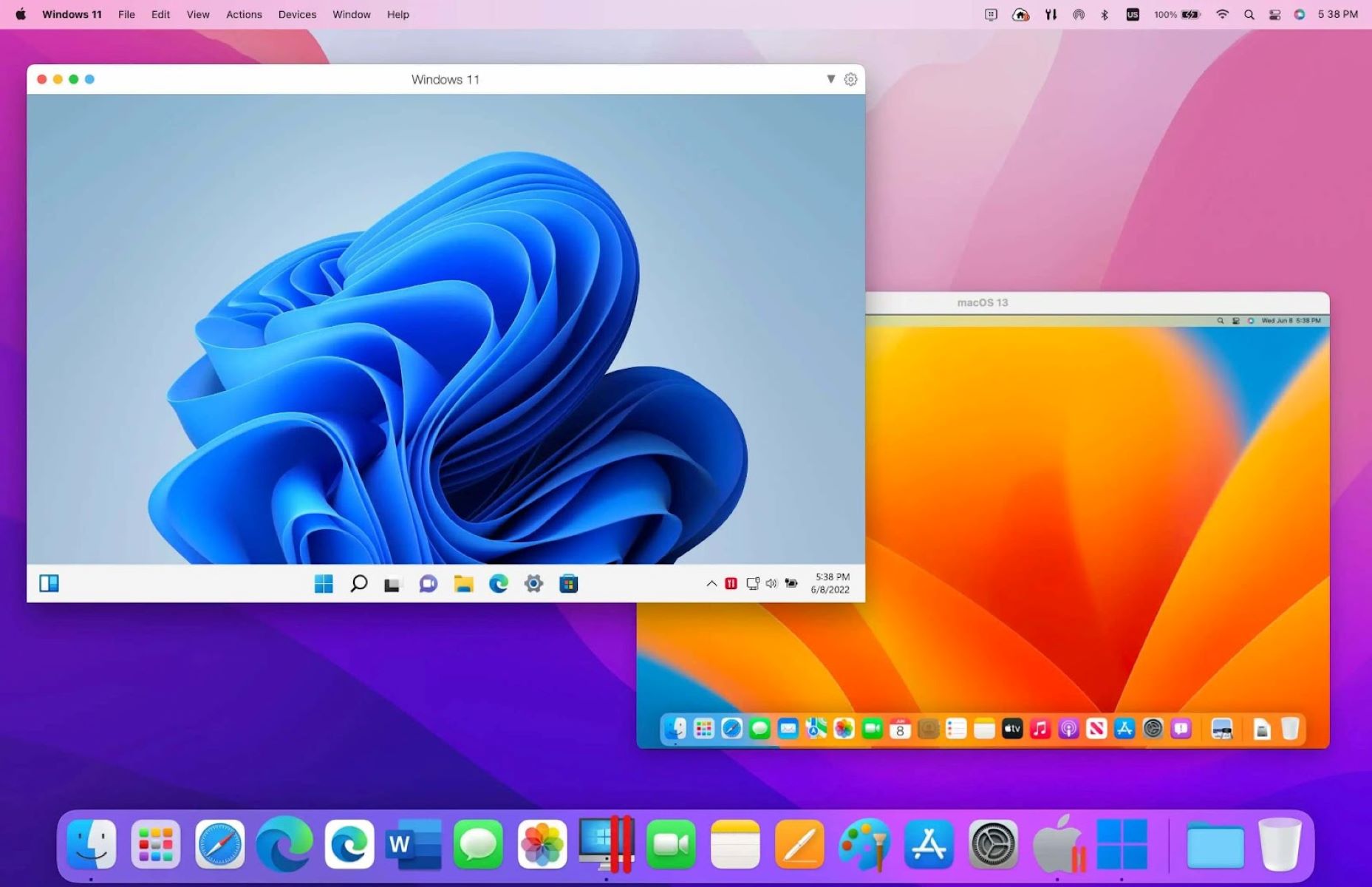Introduction
Virtual Machines (VMs) are a crucial tool for developers, allowing them to emulate different operating systems and test their applications in a controlled environment. However, there may come a time when you need to delete a VM from your Workstation for various reasons. Whether it’s because you no longer need it or you want to free up disk space, removing a VM is a simple process that can be done using the Workstation UI, File Explorer, command line, or by editing the Virtual Machine Configuration File.
In this article, we will explore various methods you can use to delete a VM from Workstation. We will guide you through each step, providing you with clear instructions and explanations along the way so that you can choose the method that suits you best.
Before we dive into the different methods, it’s important to note that deleting a VM permanently removes all associated files and configurations. Therefore, it is crucial to back up any important data before proceeding with the deletion process.
Now, let’s explore the methods for deleting a VM from Workstation in detail.
Prerequisites
Before you can delete a VM from Workstation, there are a few prerequisites you need to have in place:
- VMware Workstation: Ensure that you have VMware Workstation installed on your system. If you don’t have it, you can download and install it from the official VMware website.
- Permissions: Make sure that you have the necessary permissions to delete the VM. Depending on your system’s configuration, you may need administrative privileges or specific user rights to delete VMs.
- Backup: It is crucial to back up any important data or files contained within the VM before proceeding with the deletion. Once a VM is deleted, all its associated files and configurations will be permanently removed from your system.
By meeting these prerequisites, you will ensure a smooth and successful deletion process for the VM you want to remove from VMware Workstation.
Method 1: Deleting a VM from the Workstation UI
One of the easiest ways to delete a VM from VMware Workstation is by using the Workstation UI. Follow these steps:
- Launch VMware Workstation on your system.
- From the Home tab, locate the VM that you want to delete from the list of available virtual machines.
- Right-click on the VM and select “Delete” from the context menu.
- A confirmation dialog box will appear. Click “Yes” to proceed with the deletion.
- VMware Workstation will begin the deletion process, which may take a few moments depending on the size of the VM and its associated files.
- Once the deletion is complete, the VM will be removed from VMware Workstation and all its files will be permanently deleted from your system.
It’s important to note that when deleting a VM using the Workstation UI, VMware Workstation will automatically handle the deletion of all associated files, including the virtual hard disk, configuration files, and snapshots.
This method is recommended for users who prefer a graphical interface and a straightforward deletion process. However, if you prefer alternative methods or have specific requirements, continue reading to learn about other ways to delete a VM from VMware Workstation.
Method 2: Deleting a VM from the File Explorer
If you prefer to delete a VM from VMware Workstation using the File Explorer, you can follow these steps:
- Open File Explorer on your system.
- Navigate to the location where the VM files are stored. By default, this location is
C:\Users\YourUsername\Documents\Virtual Machines. - Locate the folder corresponding to the VM you want to delete.
- Right-click on the folder and select “Delete” from the context menu.
- A confirmation dialog box will appear. Click “Yes” to confirm the deletion.
- File Explorer will begin deleting the VM folder and all its associated files, including the virtual hard disk and configuration files.
- Once the deletion process is complete, the VM will be removed from VMware Workstation and all its files will be permanently deleted from your system.
It’s important to note that when deleting a VM using the File Explorer, you need to ensure that you are deleting the correct VM folder. Always double-check the contents of the folder before confirming the deletion.
This method is useful if you prefer to manage your VMs directly through the file system or if you want to delete a VM without opening VMware Workstation. However, be cautious when deleting a VM from the File Explorer, as it requires manual deletion of all associated files.
Method 3: Deleting a VM using the command line
If you prefer to use the command line to delete a VM from VMware Workstation, you can follow these steps:
- Open the Command Prompt or PowerShell on your system.
- Navigate to the directory where VMware Workstation is installed. By default, this location is
C:\Program Files (x86)\VMware\VMware Workstation. - Type the following command to list all the VMs registered with VMware Workstation:
vmrun list - Review the list to identify the VM you want to delete. Note down the path to the VM’s configuration file.
- Once you have identified the VM, use the following command to delete it:
vmrun delete "[path to VM configuration file]" - A confirmation message will appear. Type “y” to confirm the deletion.
- VMware Workstation will begin the deletion process, removing the specified VM and all its associated files.
- Once the deletion is complete, the VM will be removed from VMware Workstation and all its files will be permanently deleted from your system.
Using the command line to delete a VM provides flexibility and automation, particularly if you need to delete multiple VMs or integrate the deletion process into scripts or batch files.
However, exercise caution when using the command line, as any wrong commands or incorrect paths may result in unintended deletions. Always double-check the commands and paths before executing them.
Method 4: Deleting a VM by editing the Virtual Machine Configuration File
Another way to delete a VM from VMware Workstation is by manually editing the Virtual Machine Configuration (VMX) file. Follow these steps:
- Locate the VMX file of the VM you want to delete. By default, VMX files are stored in the same folder as the VM.
- Make a backup copy of the VMX file before proceeding, to ensure that you can revert any changes if needed.
- Open the VMX file using a text editor of your choice.
- Delete all lines of code related to the VM you want to delete. This typically includes lines starting with
displayName,ethernet,scsi, andsnapshot. - Save the changes to the VMX file.
- Once you have edited the VMX file, locate the VM folder and delete it from your system.
By manually editing the VMX file, you remove the VM’s configuration information from VMware Workstation’s registry, effectively deleting the VM. This method can be useful if the VM does not appear in the Workstation UI or if you prefer to manipulate the configuration at a file level.
However, exercise caution when editing VMX files manually, as any incorrect changes might corrupt the VM or cause unexpected behavior. It is always recommended to create a backup and proceed with caution.
Conclusion
Deleting a virtual machine (VM) from VMware Workstation is a straightforward process that can be done using various methods. Whether you choose to use the Workstation UI, File Explorer, command line, or manual editing of the Virtual Machine Configuration (VMX) file, it’s important to make sure you have the necessary permissions and back up any important data beforehand.
The Workstation UI provides a user-friendly and graphical interface for managing and deleting VMs. It simplifies the process by automatically handling all associated files. Similarly, using File Explorer allows you to delete VMs directly from the file system, providing more control over the deletion process.
If you prefer a more automated and scriptable approach, the command line allows you to delete VMs using specific commands. This method is useful for managing multiple VMs or integrating deletion processes into scripts or batch files.
Lastly, manually editing the VMX file offers flexibility in removing a VM from VMware Workstation. It gives you control over the configuration at a file level but requires caution to prevent any accidental changes or corruption.
Remember, before deleting a VM, always ensure you no longer need the VM or have backed up any important files. Deleting a VM permanently removes all associated files and configurations.
By understanding these various methods, you can confidently delete VMs from VMware Workstation and manage your virtual environments effectively.

























